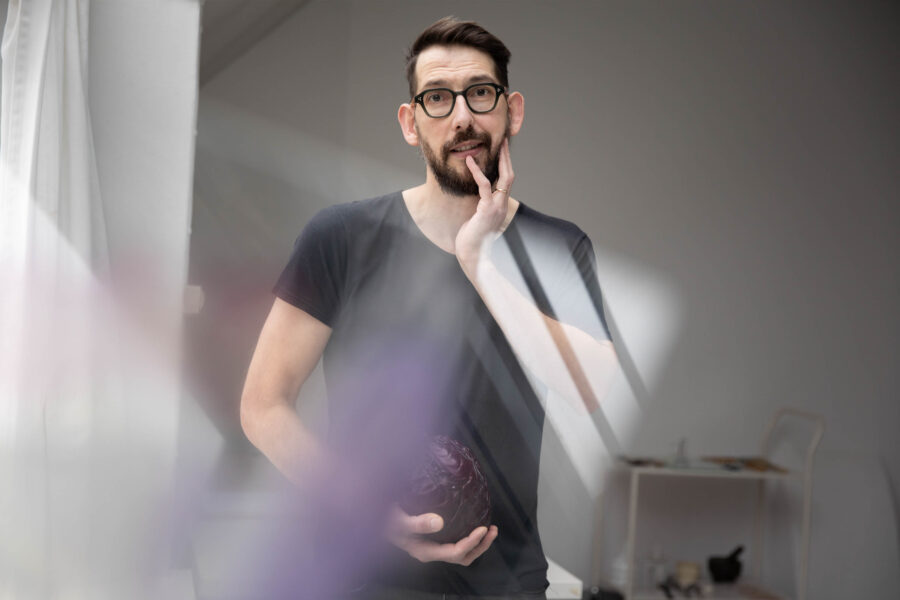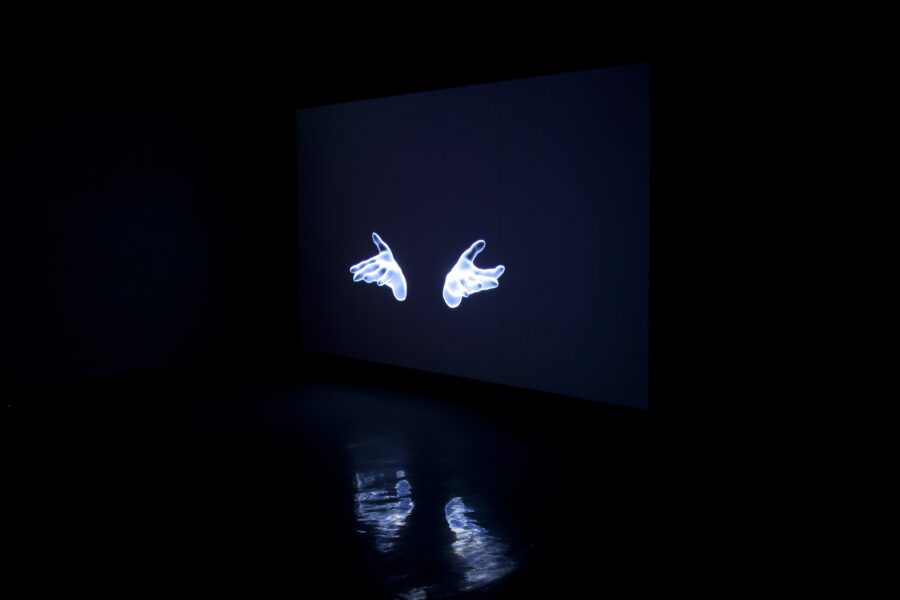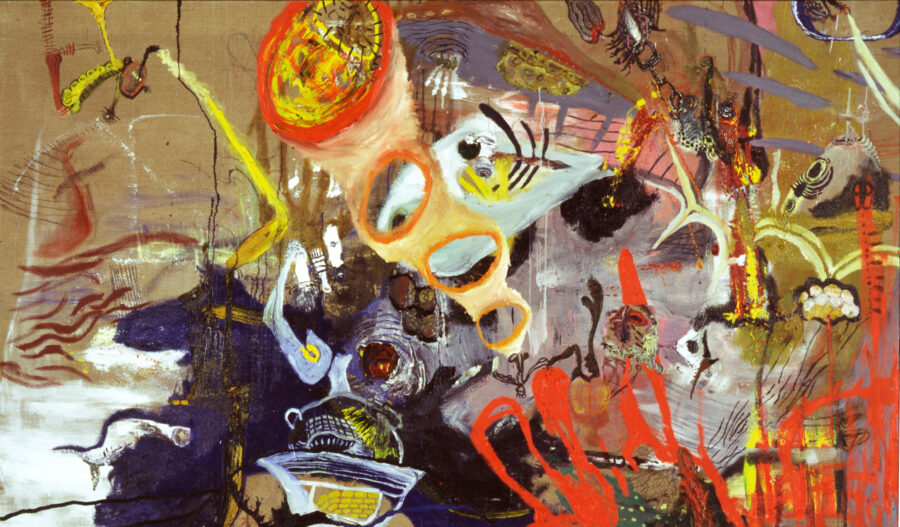
Janne Räisänen, Klubiastronautti läänin umpiossa
interview
23.5.2025
The Space Within the Image: Angela Rosenberg on Curating Temporary Presence
Curator Angela Rosenberg was invited to shape Temporary Presence, an exhibition marking 30 years of the Visiting Artist Residency Programme in Rovaniemi. Her approach draws attention to what painting reveals—and what it withholds.
The exhibition Temporary Presence celebrates the 30-year collaboration between the Jenny and Antti Wihuri Foundation and the University of Lapland, as well as their joint artist residency program. The Visiting Artist Residency Programme, launched in 1995, allows two visual artists working in Finland to spend a three-month working period in Rovaniemi each year. Temporary Presence has been curated from selected works by artists invited to Rovaniemi between 1995 and 2025, by art historian, mentor, and curator Angela Rosenberg.
Although based in Berlin, Rosenberg has been engaged with Finnish contemporary art for many years, particularly as a senior mentor in the mentoring program organised by the Academy of Fine Arts, Uniarts Helsinki, and the Saastamoinen Foundation. Working on Temporary Presence—which is drawn from the Wihuri Foundation Collection and exhibited at the Rovaniemi Art Museum and Gallery Valo—offered her the opportunity to explore Finnish art from a new perspective.
We spoke with the curator about the experience of working with an existing collection, examining presence and absence in contemporary visual art, and the role of residencies in artistic practice.
You were tasked with exploring the works from nearly 60 artists that have participated in the Residency Programme over the years. What was your approach?
When I was first approached by Rovaniemi Art Museum and University of Lapland, I was given a list of artists’ names who had participated in the residency program. The list was exceptional in that it includes many of the most interesting contemporary artists in the country.
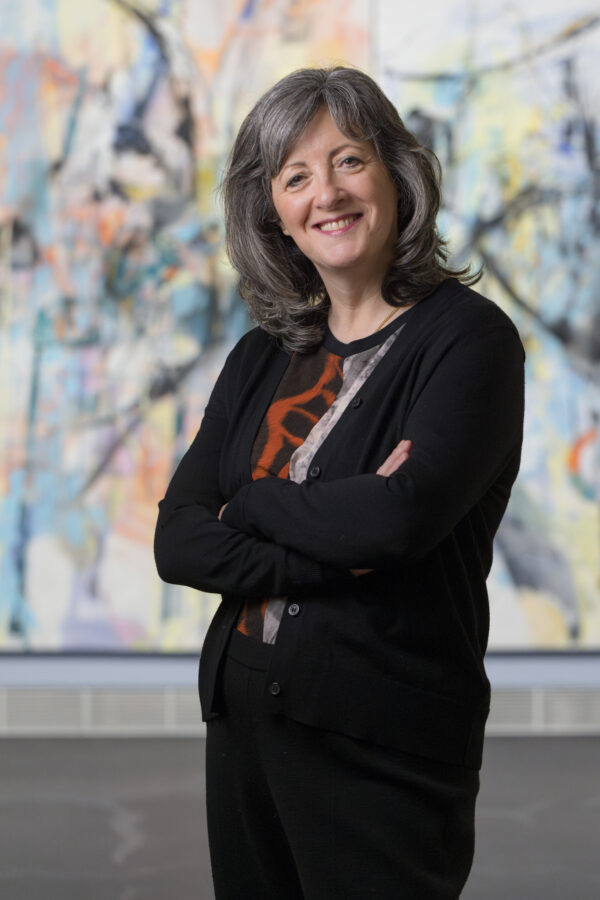
Angela Rosenberg
Later, I got access to the online database of the museum, with information on all their works in the collection. We are talking about around 400 works by 57 artists, which I was also able to see for myself in the depots during my first visit in October 2024.
The curating process involved looking very closely at individual works and reflecting on what they could tell us today. Very quickly, I realized that I wanted to focus on a small group of artists for this exhibition, to put an emphasis on the unique capacities of painting to create sincere images, and on aspects of presence and absence, which resonate so much with the location of the exhibition.
How did you navigate and think through these themes of presence and absence ?
The title of the exhibition, Temporary Presence, could be read on the most basic level to relate to the artists who come to Rovaniemi as visiting artists to work here for a limited amount of time. If we expand on this idea and change the scale, we see that all presence is temporary. For example, we experience presence as a gift. Presence is a celebration, it brings people together, and that’s why it is more enjoyable than absence. But in art, particularly in visual arts, specifically in images and in painting, things are more complicated.
Images show us more often something that is not with us at that very moment: an object of desire, a loved one, a beautiful place. And the paradox is that we experience the absence of the painted object through the presence of the painting. This tension, this push and pull between absence and presence, is the most important current in this exhibition. In the context of the exhibition, this allows for diverging, even conflicting, artistic narratives and perspectives. The idea was to stay within the parameters of the genre and relate a conversation along three coordinates of the image in the show.
Can you say a little bit more about these three parts?
The exhibition occupies two spaces at Rovaniemi Art Museum, dedicated to figurative and abstract works. Especially in painting, figuration allows viewers to explore the artist’s narratives. We can experience the raw emotional expressions in visceral, erotic and grotesque images, such as those by Jukka Korkeila or Janne Räisänen, which pair painterly bravado with refined and often sinister humour. On the other hand, there is the fragile composition by Lotta Määttänen and Riitta Päiväläinen’s photographies of a haunting ballett of ghosts, which show us other emotional aspects of presence and absence.
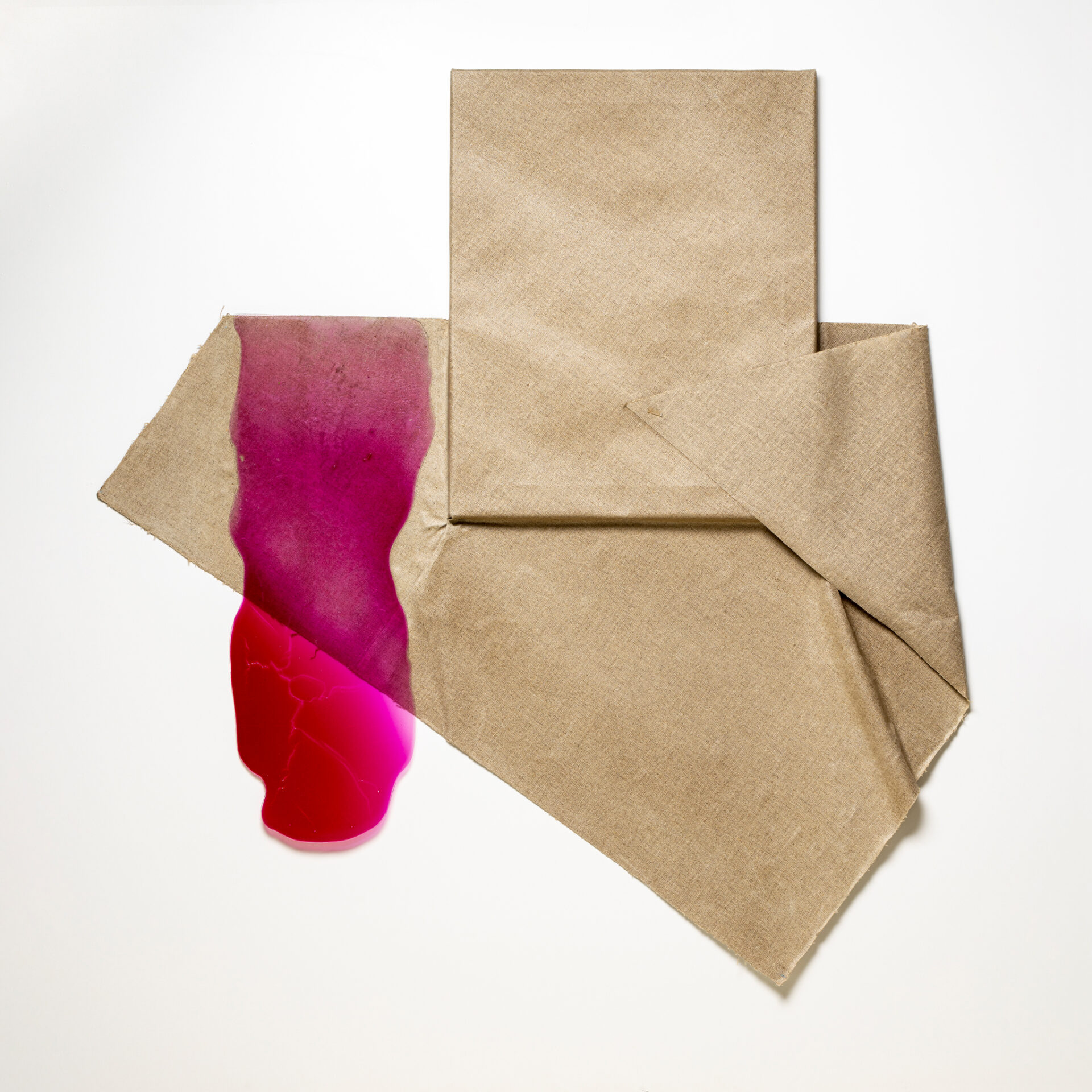
Tarja Pitkänen-Walter, Siivellä
Some of the works in the second space appear like abstract compositions, which suggest a heightened sense of interiority, presenting painterly reflections on natural forms crystallizing into impossible formations in sublime topographies, such as in the works of Heli Hiltunen or Anna Retulainen, or the more abstract works by Pekka Vesterinen and Irmeli Hulkko.
Finally, Valo Gallery is dedicated to the question of what actually makes us recognize an image. How do artists expand on and transcend the formal constraints of painting? The works presented here literally go beyond the frame and cross the line from painting the real world, showing spatial paradoxes by Tarja Pitkänen-Walter or Jussi Niva, or the charged and ambiguous psycho-spaces by Pertti Kekarainen and Paavo Räbinä.
Across all of the works on display, the question what is there and what is not there is answered in many different ways: as examinations of visibility, reflections on identity, imagination, memory, but also on loss, the passage of time and the ephemeral nature of life and art.
You also also work as art consultant and as mentor for young artists. How did your background inform the curating process?
For me, the artist always comes first. The curator takes on the role of a mediator or a moderator, who helps to find a way to let the artistic statement speak for itself.
In the context of working with an existing collection I encountered a different situation, since the artists were neither present nor directly involved during the curating process. Therefore I felt more like an art historian, which I also am, in fact, curating a historical exhibition that speaks to the present times.
Residencies have traditionally provided time and space for free artistic work and experimentation. How do you see their role shifting?
Residencies have been and continue to be very important. Even as the world appears to be more closely interlinked than ever, through technical means and social media, the effects of the individual experience of a place can not be underestimated. When conflicts across the globe make travel more difficult and populist and nationalist narratives surge, it becomes even more important to grant those who render our world in images the opportunity to experience a new environment firsthand, to reflect on it, and process and express ideas in work that again can change our world.
Art can produce images that put our world into focus. It can also create new uncertainties that allow us to see our world differently. Artists are at the forefront of offering us an open mind, and therefore the opportunity for travel and working residencies are indispensable, not just for them but for the larger cultural landscape.
Photos: Tatu Kantomaa/Rovaniemen taidemuseo



